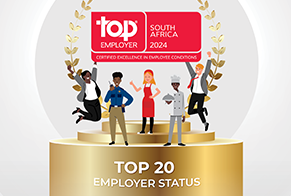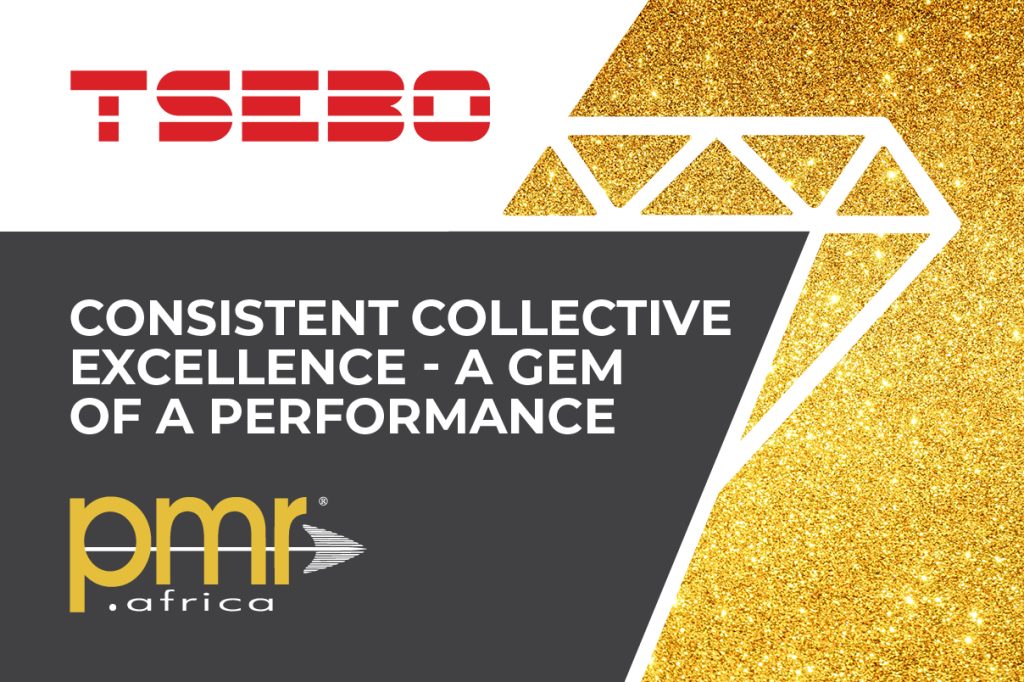How do you go about choosing the right partner for outsourcing your non-core activities? What are the attributes of a partner that will transform rather than just transact? In this post, I want to explore the 2 meta-competencies that must exist in an optimal outsourcing relationship. Each of these meta-competences is underpinned by 10 competencies which you should judge your outsourcing partner against.
Growing Demand
Organisations all over the world are facing brand-new problems and complexities that require sharing information and putting knowledge together in new and innovative ways. Consequently, Client organisations are struggling to acquire all the necessary skills or knowledge to tackle problems inside their own organisations.
There is growing a demand for help, advice and innovation from outside our organisations if we want to improve and to remain competitive. To do this we need to develop our capacity for deeper relatedness with specialist companies and partners in order to form real and authentic partnerships if we are to solve the problems we face.
Outsourcing is a Commercial Decision
In the past there has been a default setting towards a command and control culture of outsourced suppliers, This becoming is increasingly obsolete. Outsourcing has had a bad press in many corners of the Globe not least in South Africa where the Government’s inability to deal effectively with the #feesmustfall campaign has led to a political attack on outsourcing, with absolutely no regard for the economics and benefits associated with it, particularly at our institutions of higher learning.
As Simon Sinek said in his book Start With Why the good companies know what they do and they probably how they do it. It is only the truly great companies that know why they do it. In other words, most great companies have an inbuilt and expressly stated purpose which talks to the core business and that everything else is a distraction from that core intent. Geoffrey Moore refers to this in the outsourcing scenario as the Core and Context model in his book Dealing with Darwin
Geoffrey Moore sets out that every business has Core and Context. Everything that is not Core, is Context. Outsourcing is therefore entirely a business related decision albeit generally built around a savings mindset. Whilst no-one would advocate paying more for your non-core services it needs to be said that the identification and delivery of savings should not dominate the outsourcing decision as there are many other benefits that one can expect from outsourcing to the right partner these are;
- Access to specialist skills;
- Optimisation and Variablisation of fixed costs;
- Innovation;
- Process improvement;
- Service differentiation;
- Competitive Advantage;
- Focus on Core Business;
- Function out of control;
- Liberation of resources;
- Risk Mitigation.
Confidence and 2 Meta-Competencies
The Confidence both parties have in an outsourcing relationship is determined by 2 meta-competencies, the level of Trust and the perceptions of how good or poor are the Controls that govern the deal.
Research by Gartner has found that long-term outsourcing deals are usually constructed to rely on Control which organisations inherently understand, rather than on Trust which is often perceived to be a less objective, and therefore a more difficult, concept. In reality, a combination of both Trust and Control is always in play.
Optimal outsourcing relationships rely on the right balance between Trust and Control, and it is this combination that results in the perceived level of confidence each party has in the relationship. To be able to understand, measure and track confidence requires an understanding of the components of both Trust and Control that underpin it.
1. Components of Trust
- Dependability- Both parties can anticipate how each other will perform and behave, particularly in changing and unpredictable circumstances. They are confident in each other’s capabilities to get the job done.
- Mutuality- A shared and stated commitment to a common goal
- Predictability- The ability to set and meet expectations such as financial certainty, financial stability and delivering to KPI’s.
- Congruency- Understanding of both parties perceptions and ensuring that perception and reality are the same.
- Capability- The technical, management and financial skills and resources to do the job.
- Communications- Giving and receiving the correct information in time and in a meaningful and appropriate way.
- Reputation- Built up by consistent, independent validation from a variety of sources including personal experience, word of mouth, press coverage, case studies and references.
- Compatibility- Often called “cultural fit,” this must include an understanding of the differences between the service provider’s and customer’s delivery models but that they operate as one team.
- Responsiveness- The ability and willingness to understand and react to new circumstances and to harness skills and resources to meet those needs.
- Consistency- Standards, processes and protocols are understood and consistently applied and failures are proactively detected and dealt with timeously.
2. Components of Control
- Decision Mechanisms- Ability to rapidly evaluate and prioritise
options. There is a simple and reliable approvals process with a clear delegation of authority limits. - Mechanisms for Setting Goals and Standards- Impose, or accept appropriate technical and service delivery standards. And set key performance indicators and working practices for all suppliers as well as staff
- Mechanisms for Setting Roles and Responsibilities- Define an integrated set of activities that constitute end-to-end service and who will do each activity and who will be accountable.
- Mechanisms for Ensuring Continuous Improvement- Continuously identify and more importantly implement opportunities for improvement in costs, service levels and management.
- Mechanisms for Demand Forecasting- Ability to forecast, prioritise and manage the balance of requirements with costs.
- Mechanisms for ensuring Peer Group Parity- Ability to benchmark price and service levels and use the results to continuously improve service.
- Mechanisms for Financial Management- ability to identify all costs including overheads and manage to a budget, including the identification and delivery of cost savings.
- Mechanisms for Managing Behaviour- Make use of appropriate incentives and sanctions and inculcate an appropriate service-related performance culture.
- Mechanisms for Managing Change- Ability to predict, plan, evaluate and prioritise potential changes, and assess associated benefits and risks.
- Feedback Mechanisms- Predictive and Analytical reporting changes, risks or issues that could impact a service as well as monitor key performance indicators and regularly testing the health, of the operation.
We would love to have your views on the above or you can answer our weekly question; What issues are important to you in your relationship with an outsourced partner? – please leave a comment below



